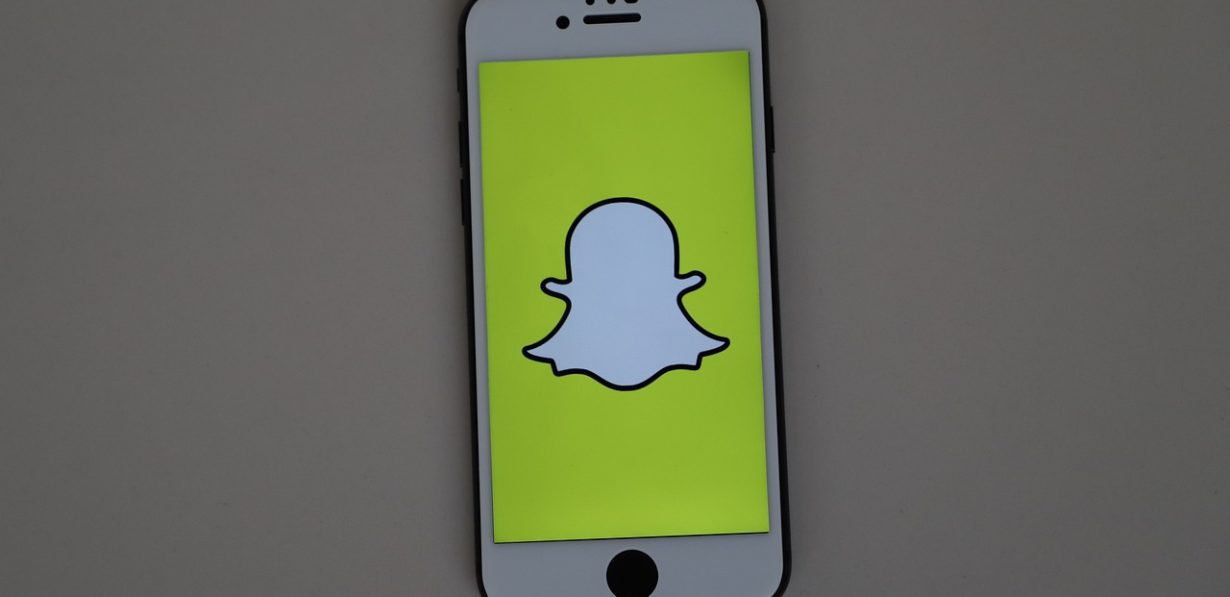Affiliate marketing Principles of Effective Advertising – Snapchat

In the world of social media, the dynamics of change is extremely fast. New platforms come and go, and existing ones are constantly evolving to meet user expectations. Snapchat, which debuted in 2011, revolutionized the way we communicate online by introducing the concept of disappearing messages and short-lived content. While many predicted its imminent demise in the face of increasing competition, Snapchat continues to maintain a strong position among the younger generation of users.
First instastorys
Snapchat, created by Evan Spiegel, Bobby Murphy, and Reggie Brown, revolutionized digital communication by introducing ephemeral content. The app allows you to send photos and videos that disappear after a short time, encouraging more authentic and less thoughtful sharing of moments. Users can add a variety of filters, AR effects, stickers, or text to their “snaps”, which makes the content more engaging and personalized.
One of the most innovative features introduced by Snapchat was “Stories” – sequences of photos and videos available for 24 hours to all of the user’s friends. This format quickly gained popularity and was adopted by other platforms such as Instagram or Facebook, but Snapchat was the forerunner of this trend.
The mechanics of Snapchat are based on direct communication and interaction between users. The lack of public “likes” or comments makes social pressure less, and users feel more comfortable in expressing themselves. The ephemeral nature of the content adds an element of transience and spontaneity, which is particularly attractive to younger generations.
Does it still work?
With increasing competition from giants like Instagram and TikTok, the question arises: is Snapchat still relevant? The answer is yes. Despite intense competition, Snapchat maintains a strong position in the social media market. According to the latest data, the app is used by more than 200 million active users around the world every day.
Snapchat is constantly evolving, introducing new features and improvements. “Snap Map” allows users to see where their friends are, which fosters spontaneous meetings and interactions in the real world. “Spotlight” is a section dedicated to short, viral community videos, competing directly with TikTok. In addition, the platform invests in augmented reality (AR) technology, offering advanced filters and effects that engage users on a new level.
It’s crucial for marketers to understand that Snapchat continues to attract a young, engaged audience. Generation Z and millennials spend a significant portion of their time on the app communicating with friends and consuming content. Ignoring Snapchat in your marketing strategy means potentially losing touch with this valuable demographic.
Record, promote and sell
So how to effectively use Snapchat in promotion and sales? Authenticity and creativity are key. Snapchat is not a place for traditional, formal ads. Users expect content that is fun, interactive, and tailored to the specifics of the platform.
Companies can start by creating an official account, where they will regularly publish “Stories” showing the backstage of their business, new products or company events. This type of content builds a relationship with the audience, giving them a sense of exclusivity and a closer connection with the brand. It is important that the content is spontaneous and unforced – Snapchat users value naturalness.
Snapchat also offers advanced advertising tools. “Snap Ads” are short, full-screen videos that appear between users’ “Stories”. With interactive elements, such as the ability to swipe up for more information, these ads are more engaging. “Sponsored Lenses” and “Sponsored Geofilters” allow businesses to create their own AR filters and effects that users can use in their “snaps”. This not only increases brand awareness, but also encourages interaction and content creation by the users themselves.
In the context of affiliate marketing, Snapchat provides an excellent platform for collaborating with influencers. Popular users can promote products or services in their “Stories”, which is perceived as a recommendation from a trusted person. To increase the effectiveness of such activities, it is worth using the services of professionals, such as the Onaffiliate affiliate agency specializing in Snapchat campaigns. Working with such an agency ensures the right selection of influencers, optimization of the message and measurement of campaign results.
An additional advantage of Snapchat is the ability to track the effectiveness of campaigns in real time. With analytics tools, businesses can monitor reach, engagement, and conversions, allowing them to adjust their strategies on an ongoing basis and maximize their return on investment.
Does it make sense?
Investing in advertising on Snapchat can raise doubts, especially in the face of the dominance of other platforms. However, for companies whose target audience includes younger consumers, Snapchat can prove to be an extremely effective communication channel.
The costs of advertising on Snapchat are competitive, and the ability to precisely target based on demographics, interests or location increases the effectiveness of the campaign. Creative advertising formats, such as AR filters or interactive lenses, allow you to stand out and attract the attention of your audience in a way that is attractive and engaging to them.
Working with professionals like Onaffiliate can significantly increase the effectiveness of your activities. The affiliate agency has experience in running campaigns on Snapchat, offering comprehensive support – from strategy development, through content creation, to analysis of results. This allows businesses to focus on their core business, confident that their Snapchat presence is conducted in a professional and efficient manner.
Of course, success on Snapchat requires commitment and constant experimentation with content. It’s important to monitor trends, user reactions, and adapt your strategy to changing preferences. However, the potential of the platform and the ability to reach a unique audience make this investment bring tangible benefits.
Snapchat, although somewhat overshadowed by more popular platforms, is still an essential tool in the arsenal of the modern marketer. Its unique features and loyal community offer businesses the opportunity to reach younger audiences in an authentic, creative, and engaging way. In a world where consumer attention is increasingly difficult to get, Snapchat allows you to stand out and establish a real relationship with your customers. For companies ready to innovate and understand the specifics of the platform, investing in Snapchat may prove to be the key to success in a dynamic social media environment.



